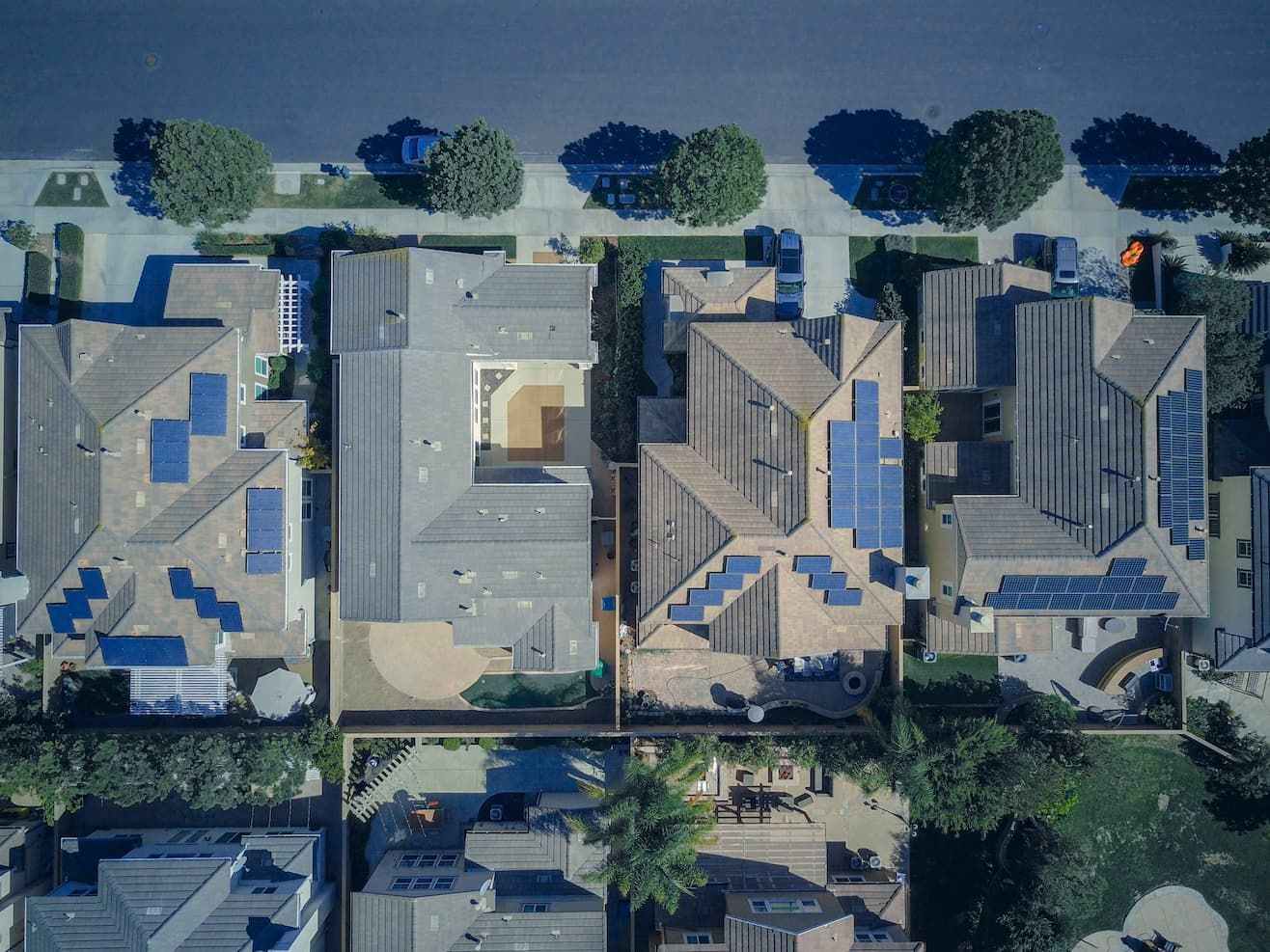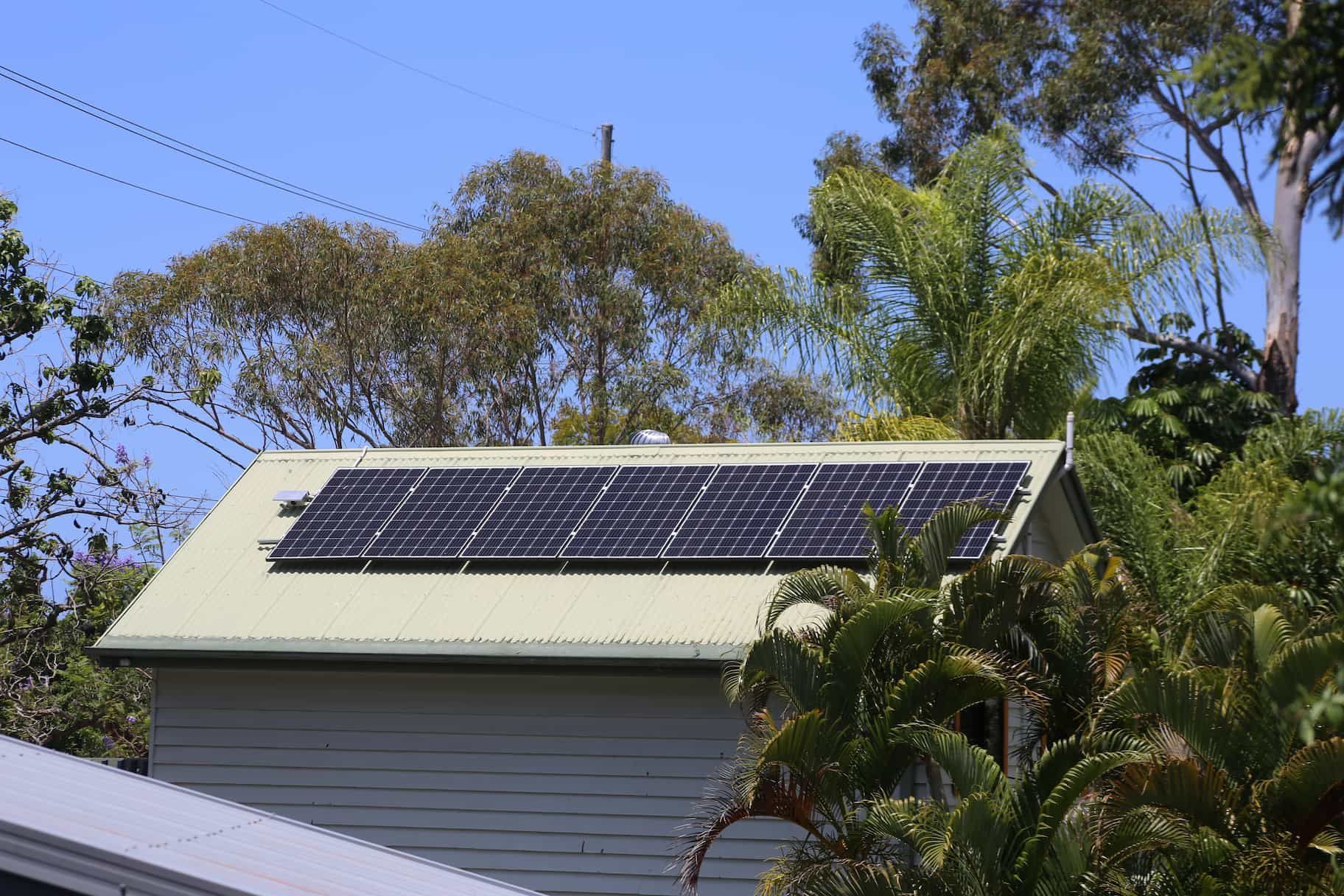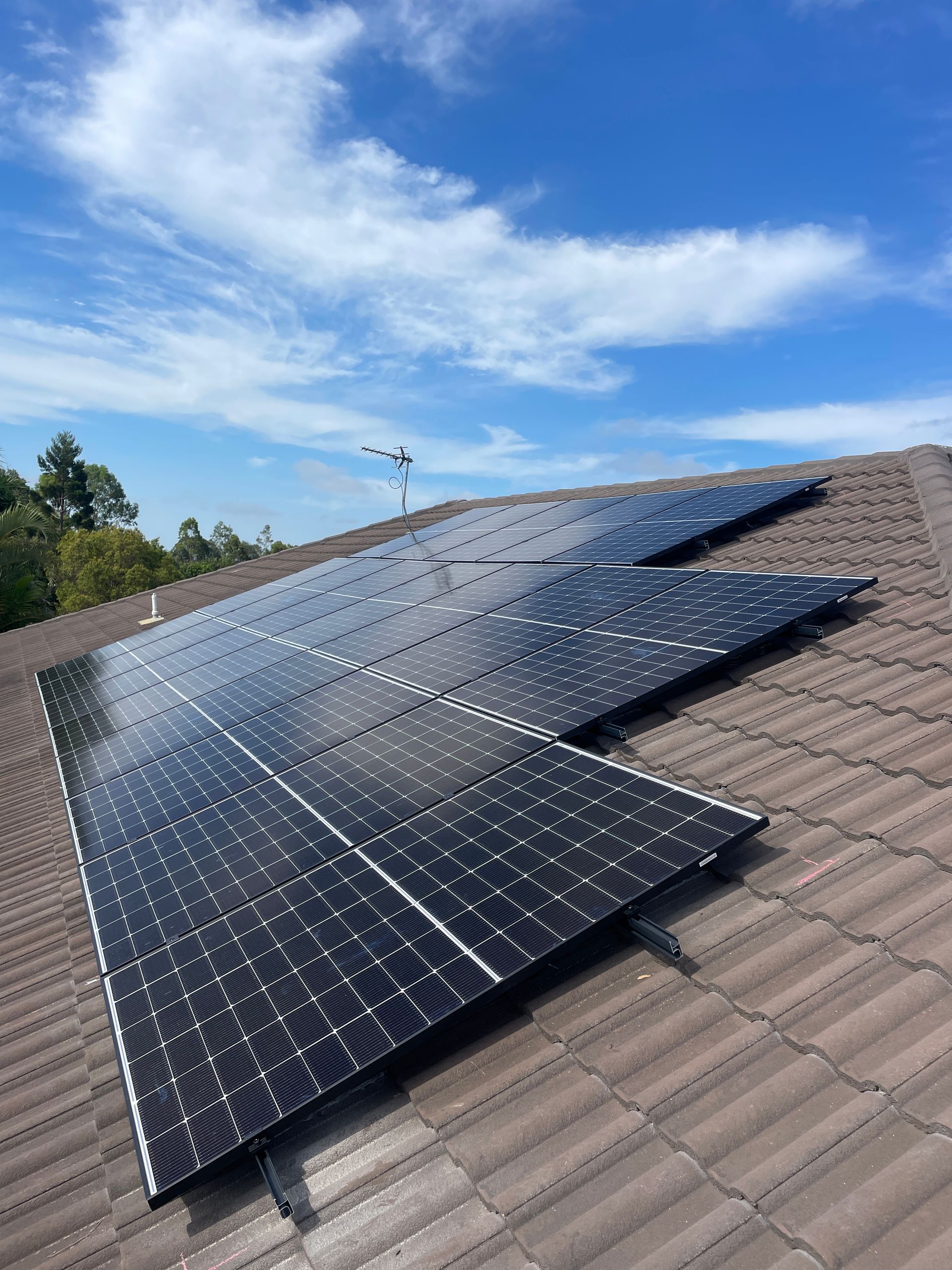Solar Rebates QLD: What's Available To You
What is the QLD Solar Rebate?
Solar rebates are designed to make solar power more accessible and affordable for residents and businesses. By reducing the upfront cost of installing solar systems, these rebates encourage the adoption of clean energy, contributing to environmental preservation and energy savings.
What Solar Rebates Are Available in QLD?
In QLD, solar rebates are available through two schemes: Small-scale Technology Certificates (STCs) and the QLD Feed-In Tariff. Both play a significant role in making solar more feasible for a broader audience.
Small Scale Technology Certificates (STCs)
STCs are a federal solar rebate initiative under the Renewable Energy Act. They represent a monetary value and are a form of upfront discount for those installing new solar panels.
QLD Feed-In Tariff
The QLD Feed-In Tariff rewards solar system owners for any excess electricity exported back to the electricity grid. It's a key incentive for those considering a solar power system as a sustainable energy source.
Understanding STCs
Small-scale Technology Certificates (STCs) are designed to incentivise the installation of solar PV systems. By providing financial relief on the initial installation costs, STCs significantly lower the barrier to adopting solar power. STCs are offered as part of the Australian Government’s Renewable Energy Target, reflecting a commitment to increase the nation's use of renewable energy.
How are STCs Calculated?
The calculation of STCs is a comprehensive process that considers multiple factors:
- Expected Electricity Generation: This is an estimation of the total electricity your solar panels will generate from the time of installation until 2030. This projection is crucial as it determines the overall contribution of your system to renewable energy production.
- Geographical Location: STC values vary across different regions in Australia. This variation is based on the solar energy potential of each region, with areas receiving more sunlight being allocated more STCs.
- Installation Date: The date of installation is important as STC values and regulations may evolve over time. Earlier installations might have different STC allocations compared to more recent ones.
- System Size and Capacity: The capacity of your solar system plays a critical role in determining the number of STCs you can receive. Generally, larger and more efficient systems, capable of producing more electricity, will qualify for a higher number of STCs.
Who is Eligible for STCs?
STC eligibility is determined by several criteria:
- Solar PV System Installation: Only installations involving solar PV systems are eligible for STCs. Other forms of renewable energy installations do not qualify for this specific rebate.
- Approved Equipment: The use of solar panels and inverters that adhere to the Clean Energy Council’s (CEC) standards is mandatory. This ensures the systems installed are safe, reliable and efficient.
- Accredited Installation: Installation must be carried out by professionals who have accreditation from the CEC. This accreditation signifies that the installer has met the required professional and ethical standards.
- Regional Eligibility: Certain regions may have specific eligibility criteria based on state or local government regulations, which can affect STC allocation.
How Many STCs Can I Receive?
The number of STCs you are entitled to is influenced by:
- Solar System Size: Larger solar systems typically generate more electricity, which results in a higher number of STCs.
- Geographic Zone: The zone in which your property is located affects STC allocation. Areas with greater solar energy potential, generally those with more sunlight, are allocated more STCs.
- Market Value: The market value of STCs can fluctuate based on supply and demand dynamics. This market value will impact the financial benefit you derive from the STCs.
How Long Do STCs Last?
STCs are an integral part of the Renewable Energy Target (RET) scheme, which is scheduled to continue until 2030. This means the STC program will be available for solar installations until this date.

QLD Feed-In Tariffs Solar Rebate
Feed-in tariffs are designed to provide a financial incentive for solar owners by compensating them for any excess electricity their system produces and feeds back into the grid. This not only helps in reducing the electricity bills of the solar system owners but also promotes the generation of renewable energy.
How do Solar Feed-In Tariffs Work?
The process of solar feed-in tariffs operates as follows:
Surplus Energy: When your solar panels produce more electricity than what is consumed by your household or business, this surplus energy is automatically fed back into the public grid.
Compensation Rate: As a reward for this contribution to the grid, your electricity retailer pays you a feed-in tariff, a specific rate for each kilowatt-hour of electricity that your system exports. This rate can vary depending on your electricity retailer and the terms of your contract.
Regional Feed-In Tariff QLD Solar Rebate
In regional QLD, the specifics of the feed-in tariff can differ significantly from those in South East Queensland due to the diverse nature of electricity markets and policies in different regions of the state.
The feed-in tariff rate in regional QLD is influenced by a range of factors, including the local energy demand and supply dynamics, regional electricity retailer policies and specific regional energy initiatives.
Regional QLD Feed-In Tariff Eligibility
Eligibility for the QLD Feed-In Tariff involves several conditions:
- System Capacity: Your solar system must conform to a specified maximum inverter capacity, which is set to ensure that the feed-in system remains efficient and beneficial for both the solar system owner and the grid.
- Electricity Retailer Participation: You must be a customer of an electricity retailer that participates in the feed-in tariff scheme. Not all retailers offer the same rates, so it’s important to check
Conclusion
STCs and feed-in tariffs are both available to QLD home and business owners and offer compelling reasons to consider solar power.
Here at JL Electrical Solutions, we install, repair, maintain and clean solar panels and can help you take advantage of the relevant solar rebates. Utilising the available rebates and our expertise will help you maximise your energy savings and make a significant contribution towards a greener future.
For more information on the QLD solar rebate, give us a
call today.
Written By Josh Lys
Since 2015, Josh has helped Gold Coast locals with their residential, commercial and industrial electrical needs. From installing power points to cleaning air conditioners and helping customers harness the benefits of solar, Josh has extensive experience installing, repairing and maintaining even the most complex electrical systems and is fully licensed and insured.
Don't let a minor electrical issue become major. Call Josh today!
Site Links
Electrical
Air
Solar
Safety & Compliance
Contact
Open 24/7
Social
Licenses
- Electrical 91106
- Air Conditioning 1127358
- Solar A2833029
- ABN 23763195628





